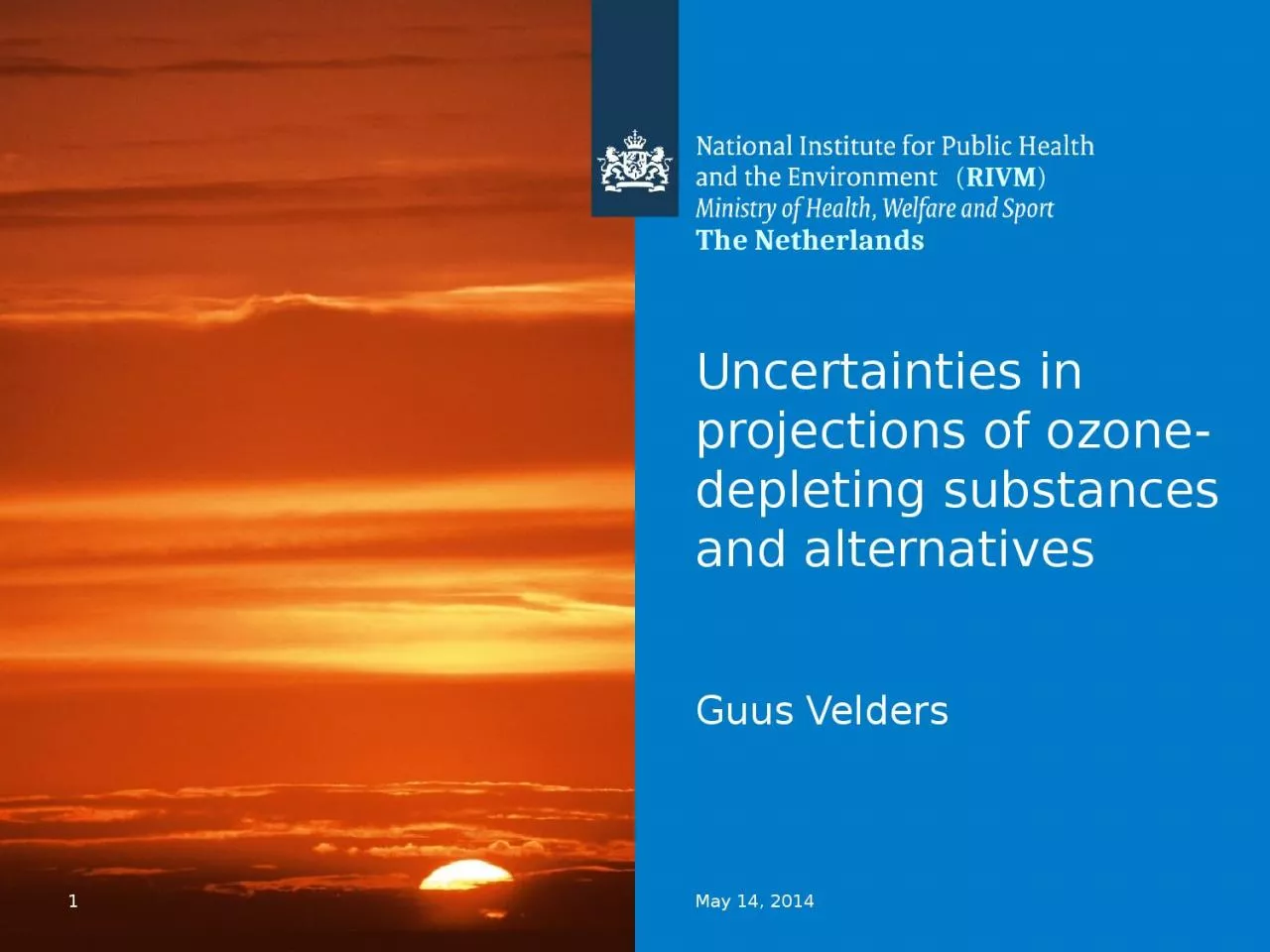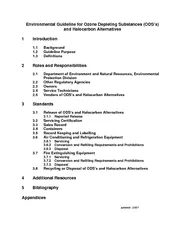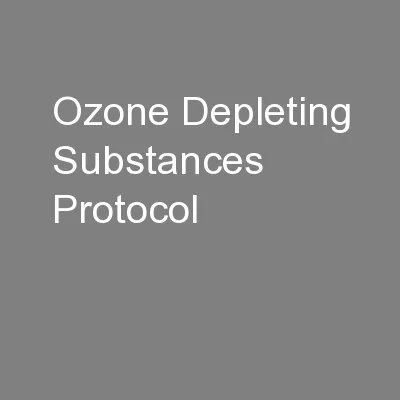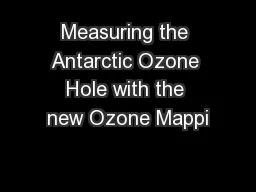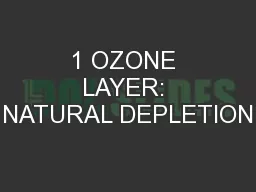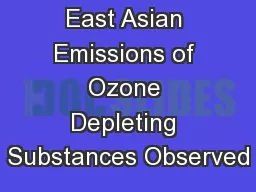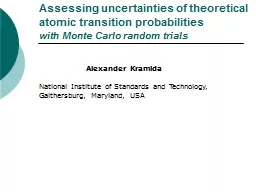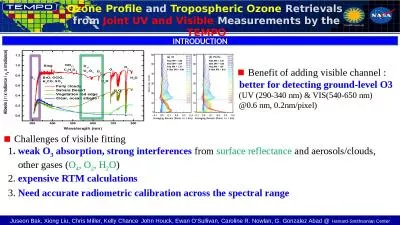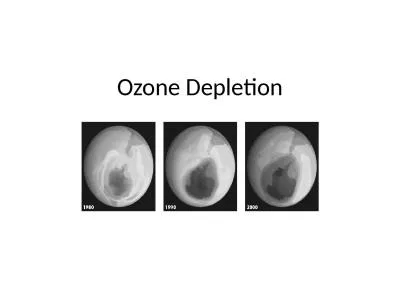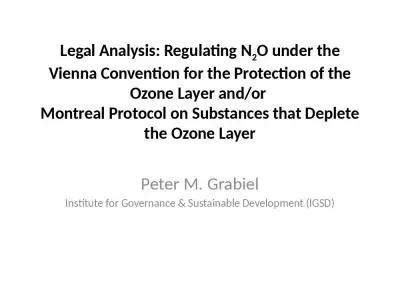PPT-1 May 14, 2014 Uncertainties in projections of ozone-depleting substances and alternatives
Author : scarlett | Published Date : 2024-01-29
Guus Velders The Netherlands RIVM Guus Velders 2 Focus on OzoneDepleting Substances Projections of gases controlled by the Montreal Protocol CFCs halons HCFCs
Presentation Embed Code
Download Presentation
Download Presentation The PPT/PDF document "1 May 14, 2014 Uncertainties in projecti..." is the property of its rightful owner. Permission is granted to download and print the materials on this website for personal, non-commercial use only, and to display it on your personal computer provided you do not modify the materials and that you retain all copyright notices contained in the materials. By downloading content from our website, you accept the terms of this agreement.
1 May 14, 2014 Uncertainties in projections of ozone-depleting substances and alternatives: Transcript
Download Rules Of Document
"1 May 14, 2014 Uncertainties in projections of ozone-depleting substances and alternatives"The content belongs to its owner. You may download and print it for personal use, without modification, and keep all copyright notices. By downloading, you agree to these terms.
Related Documents

